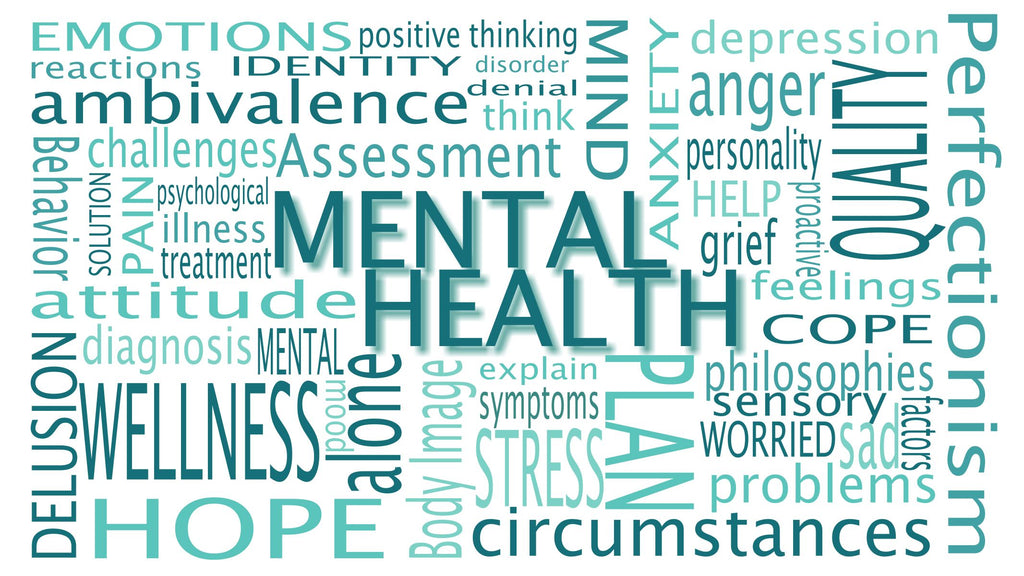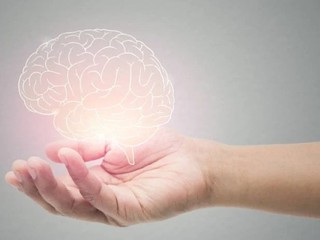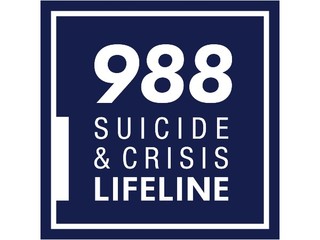“Intentional self-harm is preventable. We can potentially reduce suicide or suicide-related events. There are multiple ways. A lot of individuals undergoing mental distress could be taken care of so that they don’t harm themselves,” Rhee said in a statement.
Biden administration initiatives
These numbers put into perspective what has been apparent even before the pandemic, that there's a national mental health crisis.
As such, the Biden administration has launched a number of initiatives to help stem the problem, including unveiling the 988 Suicide & Crisis Lifeline, a new, easier to remember number for its suicide prevention and crisis hotline, which it rolled out in in July 2022.
After one month, the administration said there was a 45% increase in overall volume year-to-year. In that month alone, the 988 Lifeline answered 152,000 more contacts, including calls, chats and texts, than it had a year prior, and it decreased the average speed to answer from 2.5 minutes to 42 seconds.
In May 2023, the White House announced it would be spending $200 million to scale up 988, along with new resources for school-based mental health services, which included the Department of Education (ED) awarding more than $280 million in funding to bolster the pipeline of mental health professionals serving in schools.
In September, the Substance Abuse and Mental Health Services Administration (SAMHSA) awarding $232.2 million in grants for suicide prevention and behavioral health care for at-risk communities, including more than $200 million in new funding for states, territories, and Tribal nations and organizations to build local capacity for the 988 Suicide & Crisis Lifeline and related crisis services.
Other policies included the U.S. Department of Health and Human Services (HHS), through the Centers for Medicare & Medicaid Services (CMS), announcing a new model, called Innovation in Behavioral Health (IBH), in which it will test approaches for addressing the behavioral health, physical health, and social needs of the Medicare and Medicaid population.
The IBH Model will connect adults who have mental health conditions and/or SUD with community-based behavioral health organizations and providers, such as Community Mental Health Centers, public or private practices, opioid treatment programs, and safety net providers where individuals can receive outpatient mental health and SUD services.
In February, the White House announced $36.9 million in notices of funding opportunities for grant programs supporting behavioral health services across the U.S. and in May it announced that it would by setting aside $46.8 million to be doled out by HHS and SAMHSA to fund opportunities in the behavioral health space, includng youth mental health, the behavioral health care workforce, substance use treatment and recovery, integrated health care solutions, and training and technical assistance.
(Image source: stallionsafetyconsulting.ca)
 While the rate of suicide deaths actually
While the rate of suicide deaths actually 


